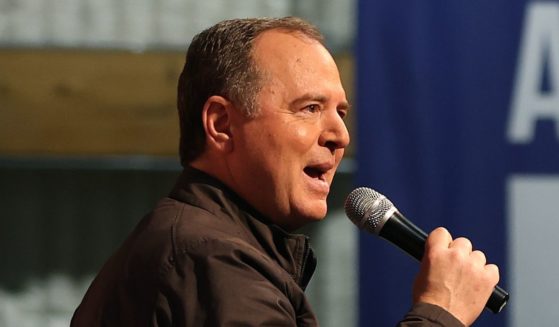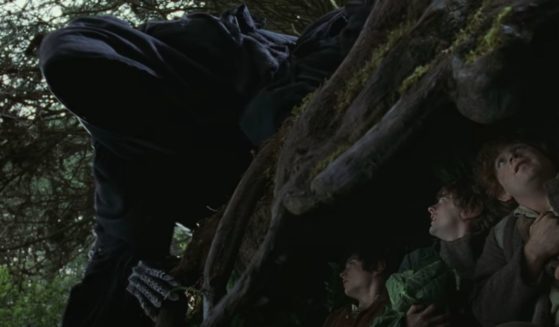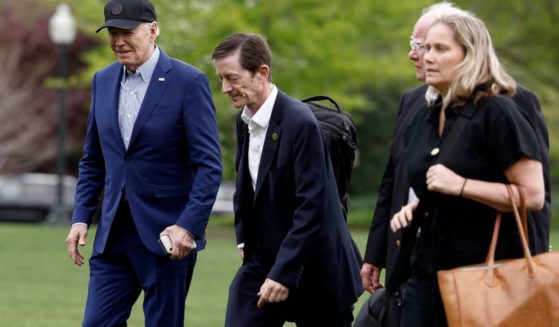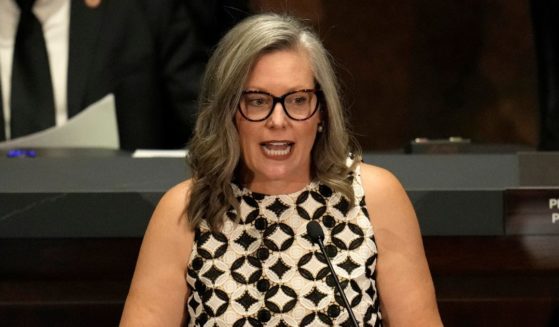Some horse advocates buck at new plan to save wild mustangs
RENO, Nev. (AP) — Animal welfare groups have reached a milestone agreement with ranching interests they say would save wild mustangs from slaughter but the compromise has opened a nasty split among horse protection advocates.
The Humane Society of the United States and the American Society for the Prevention of Cruelty to Animals say their proposal backed by the National Cattlemen’s Beef Association and the American Farm Bureau Federation would eliminate the threat of slaughter for thousands of free-roaming horses primarily by spending millions of dollars on expanding fertility controls on the range.
As part of the deal presented to the Bureau of Land Management, they’re willing to drop long-held opposition to controversial roundups of the horses — fighting words for the largest mustang advocacy groups that have been in court for years defending the animals’ ability to forage with cattle and sheep in 10 western states.
The unprecedented alliance unveiled this week has ignited fierce opposition from the American Wild Horse Campaign and Friends of Animals, which currently is leading a legal challenge to Forest Service efforts that could for the first time make mustangs recently rounded up along the California-Nevada border available for purchase for slaughter.
“The groups promoting this plan have been co-opted into supporting the livestock industry’s agenda for wild horses by the BLM’s vague promise to utilize undefined ‘population growth suppression’ methods,” including surgical sterilization, the Campaign said. “By mandating the removal of a startling 15,000 to 20,000 wild horses a year, the plan will result in the reduction of America’s wild herds to extinction levels.”
“It’s a sellout,” added Laura Leigh, who has monitored roundups for nearly 20 years and heads the Nevada-based Wild Horse Education.
Nancy Perry, ASPCA’s senior vice president, acknowledges they’re in “frightening territory” with a “bold approach that no one has taken so far.”
“Not every advocate wants to engage with or work with those that they have been in battle with over the years,” she told The Associated Press. “But BLM’s current polices are ineffective. If they continue on the road they’re on now, it means disaster.”
In addition to the cattlemen’s powerful lobbying arm, the package has the support of the Society for Range Management, Utah’s governor and rural county commissions in Utah and Nevada.
“After years of all of us being in our bunkers on this issue, this proposal represents some real common ground among stakeholders that have never appeared on the same document before,” said Ethan Lane, senior executive director of federal lands for the National Cattlemen’s Beef Association and its Public Lands Council.
“The Humane Society and ASPCA have a view that what my members do to put food on their tables is inherently bad. For us to be able to come together and find some common ground on this is significant,” he said.
Others who’ve bought in include the American Mustang Foundation and the California-based Return to Freedom Wild Horse Conservation.
“We need to work together with other stakeholders who have diverse interests,” Return to Freedom President Neda DeMayo said.
Rebecca Goldrick of the APSCA said they’re seeking a $50 million increase in BLM’s $80 million annual horse budget but that it ultimately would save money as herds shrink.
BLM estimated 83,000 wild horses and burros were roaming public rangelands last year, more than three times what the agency says the land can support. Another 50,000 that have been removed from the range in recent years were in holding facilities at an annual cost of about $50 million.
BLM spokesman Derrick Henry said the development was encouraging.
“We welcome their ideas and support, and are committed to working together with the public to identify an effective and sustainable strategy for addressing chronic overpopulation,” he said.
Horse advocates have argued the animals must be permitted to roam the range in federally protected management areas established under the Free-Roaming Horse and Burro Act of 1971. They say BLM’s population quotas are often outdated and lack scientific data to support roundups to cull herd sizes.
The new proposal advocates roundups in densely populated areas that cannot sustain large numbers of animals. It also would move horses currently in short-term holding pens to larger “cost effective, humane” pastures with a “free-roaming environment,” and provide new handling and training of horses they say would boost adoption rates.
“Most importantly,” the proposal said, “a fundamental aspect of the proposal is that it will prohibit the killing of healthy wild horses and burros or their sale to slaughter.”
The Western Journal has not reviewed this Associated Press story prior to publication. Therefore, it may contain editorial bias or may in some other way not meet our normal editorial standards. It is provided to our readers as a service from The Western Journal.
Truth and Accuracy
We are committed to truth and accuracy in all of our journalism. Read our editorial standards.












